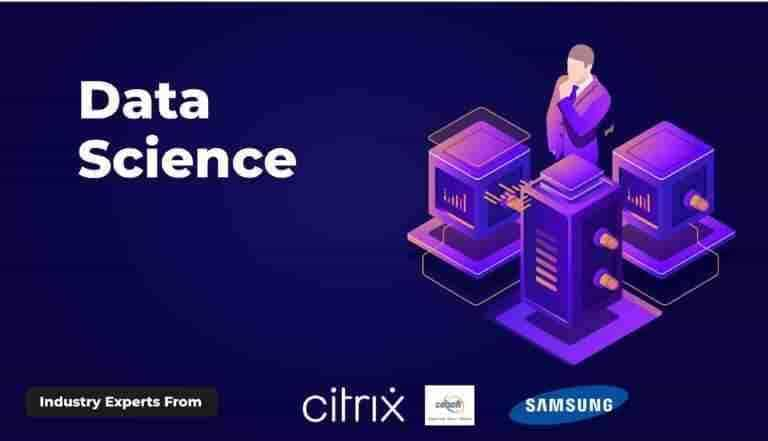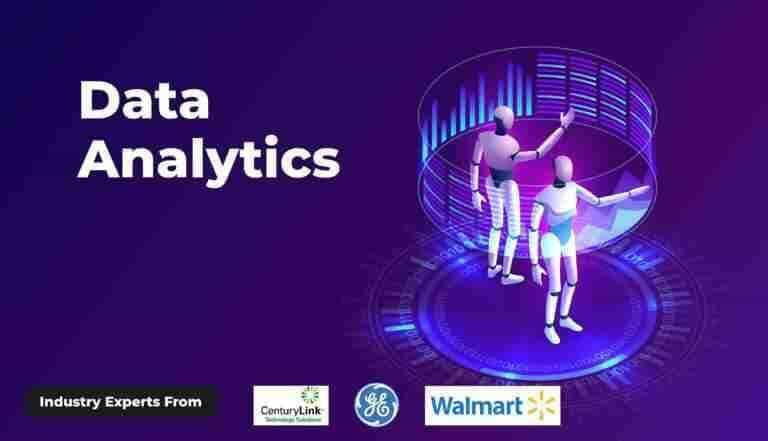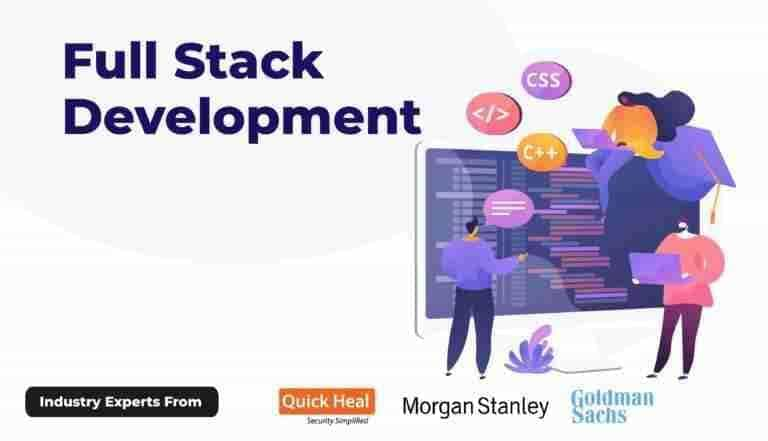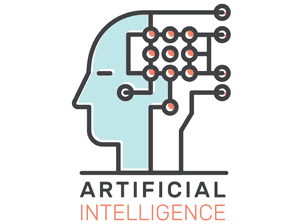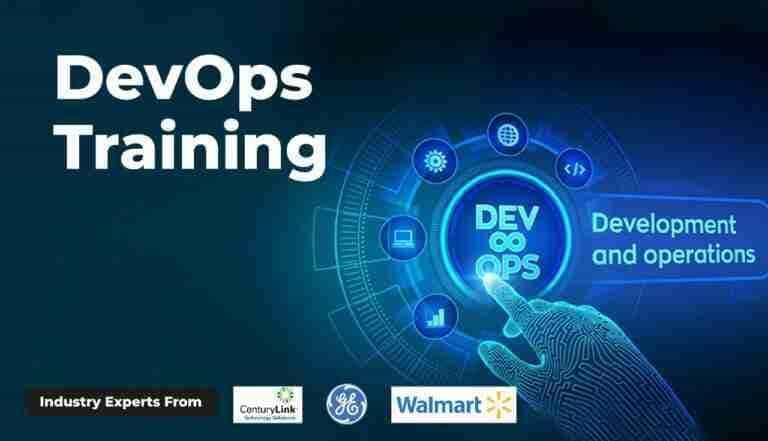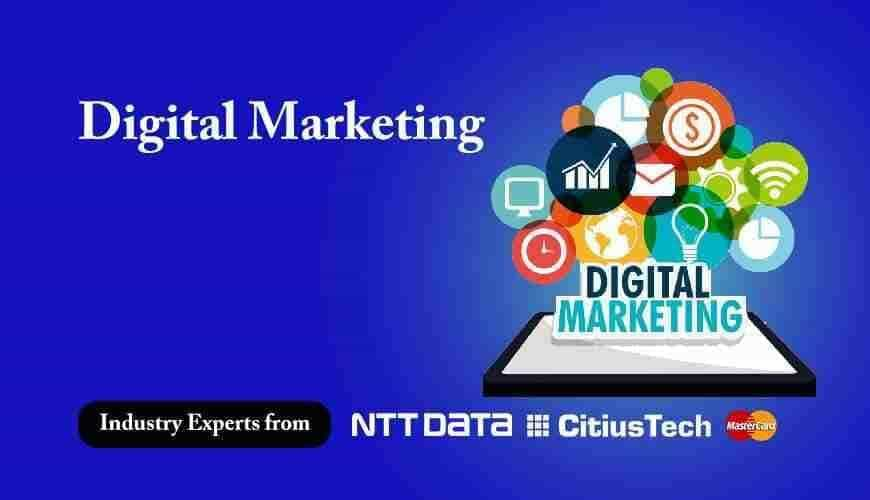Comparison of Top Open-Source AI Models in 2025: Power, Possibility, and Purpose

For students and professionals looking to master these technologies, enrolling in the Artificial Intelligence Course in Noida offered by Uncodemy can provide both theoretical and hands-on exposure to these models.
Understanding Text Generation and Summarization
Before diving into specific models, it’s essential to understand what text generation and summarization entail.
Text generation is the process of generating coherent and contextually relevant text using a model trained on large datasets. It includes tasks like content creation, dialogue generation, email drafting, coding assistance, and more.
Text summarization is the task of compressing a large body of text into a shorter version while retaining the original meaning. It can be extractive (pulling key sentences) or abstractive(paraphrasing in the model’s own words).
With this foundation, let's explore the best AI models in 2025 that excel at these tasks.
1. GPT-4 and GPT-4 Turbo by OpenAI
OpenAI’s GPT-4 remains a dominant force in text generation. Its capabilities go far beyond previous models, making it suitable for writing long-form content, programming, conversational agents, and high-quality summaries.
Why it stands out:
- Trained on a massive corpus with advanced reinforcement learning.
- Offers human-like understanding of nuance, tone, and context.
- Used in ChatGPT (Pro version), Bing AI, and enterprise-level solutions.
Applications:From generating legal documents to real-time chatbots and personalized tutoring, GPT-4 leads the way. It’s also widely adopted for automatic summarization in research and media.
2. Claude 3 by Anthropic
Claude, developed by Anthropic, has rapidly gained traction as a safe and explainable LLM. Claude 3, launched in 2025, has further improved its abilities in maintaining logical consistency and summarizing complex documents.
Why it stands out:
- Prioritizes alignment and safety.
- Maintains context over longer documents with less hallucination.
- Highly useful in enterprise and legal summarization tools.
Use Cases: Claude is extensively used in legal, educational, and financial summaries where factual accuracy and traceability are critical.
3. Google Gemini (Gemini 1.5 Series)
Gemini, formerly known as Bard, is Google DeepMind’s response to OpenAI. With the release of Gemini 1.5, the model has made significant strides in both reasoning and summarization tasks.
Why it stands out:
- Multi-modal capabilities, combining text with images and video.
- Integration with Google Workspace allows real-time document summarization and content generation.
Use Cases:Particularly strong in integrating with search data, Gemini is popular for real-time web summarization, note-taking, and SEO content development.
4. Mistral and Mixtral Models
Mistral AI has developed lightweight but high-performance open-source models, with the Mixtral model being a mixture-of-experts architecture.
Why it stands out:
- Open-source and lightweight for local deployment.
- Good trade-off between speed and performance.
Use Cases: Developers who need privacy-first AI deployments (such as in healthcare or law) use Mistral for both summarization and text generation.
5. Meta’s LLaMA 3
Meta’s LLaMA (Large Language Model Meta AI) series has grown to be one of the most influential open-source LLMs. LLaMA 3, released in 2025, comes in various parameter sizes and is optimized for performance.
Why it stands out:
- Open-source and widely accessible.
- Available in smaller versions for edge devices.
Use Cases: Ideal for educational tools, mobile applications, and internal enterprise summaries where cost and performance need balance.
6. Cohere’s Command R+ for Retrieval-Augmented Generation (RAG)
Cohere has positioned itself uniquely by focusing on RAG-based workflows. The Command R+ model is ideal for summarizing documents with references and grounding.
Why it stands out:
- Excels at multi-document summarization.
- Great integration with vector databases.
Use Cases:Legal case analysis, academic reviews, and enterprise knowledge base summaries.
7. OpenChat and Zephyr (Open-Source Chat Assistants)
These models have emerged as fine-tuned alternatives built on top of Meta or Mistral backbones. OpenChat and Zephyr are popular among open-source communities.
Why they stand out:
- Transparent and customizable.
- Active community support.
Use Cases: Perfect for building domain-specific summarizers and generative chatbots for internal tools or learning platforms.
Evaluation Metrics for Text Models
While choosing a model, it's crucial to consider evaluation benchmarks:
- ROUGE and BLEU scores: Used for summarization and translation accuracy.
- Perplexity:Measures how well a model predicts the next word.
- Factual Consistency: Ensures summaries remain true to the original source.
Many students in the Artificial Intelligence Course in Noidaby Uncodemy are taught to evaluate models using these metrics in both theoretical and practical exercises.
How Students and Developers Can Experiment
For students diving into AI, trying out these models in real projects is the best way to learn:
- Use OpenAI's APIor Claude's web UI for rapid prototyping.
- Explore Google Colabnotebooks running Mistral, LLaMA, or Mixtral.
- Try Hugging Face Spacesfor live demos and zero-code deployments.
This hands-on experience, often integrated into coursework at institutions like Uncodemy, prepares learners for industry use cases.
Emerging Trends in Text Generation and Summarization
- Multi-modal Integration:AI models are now being trained to handle not just text, but also audio, images, and video. This makes summaries richer and more context-aware.
- Fine-Tuning on Custom Data: Enterprises are building internal models fine-tuned on their proprietary data for better performance and privacy.
- Federated Learning and On-Device Inference: For privacy and efficiency, models are now being deployed on user devices rather than relying solely on cloud-based inference.
- Low-Code/No-Code Tools: With tools like LangChain and LlamaIndex, even non-programmers can build applications around text summarization and generation.
Choosing the Right Model: Use-Case Fit
Not every model suits every task. Here’s a simplified guide:
- For Creative Writing: GPT-4, Gemini
- For Legal/Educational Summaries: Claude 3, Command R+
- For On-Premise Solutions:Mistral, LLaMA
- For Multi-modal Outputs:Gemini, GPT-4 with Vision
Future of AI Text Tools
As generative AI becomes a default tool across industries, the focus will shift from raw generation to controlled, safe, and context-aware generation. Summarizers will evolve to be more personalized, adaptive, and real-time.
Students and developers alike will need to focus not only on using models but understanding how to evaluate, fine-tune, and ethically deploy them. This foundational knowledge is part of the Artificial Intelligence Course in Noida at Uncodemy, which blends theory with project-based learning.
Final Thoughts
Text generation and summarization tools have come a long way, transforming from rigid rule-based systems into fluent, context-aware models. As of 2025, the ecosystem is rich with both proprietary and open-source options. Whether one is building a startup, working on a research thesis, or preparing for a career in AI, familiarity with these tools is no longer optional—it's essential.
For students looking to make a career in artificial intelligence and machine learning, now is the time to get started. Courses like the Artificial Intelligence Course in Noida offered by Uncodemy provide the perfect launchpad to understand, experiment, and innovate with the best text models of this generation.
Stay curious, build projects, and keep exploring—the future of intelligent communication is already here, and it’s written by AI.
















